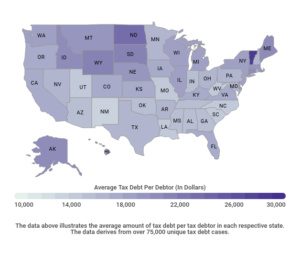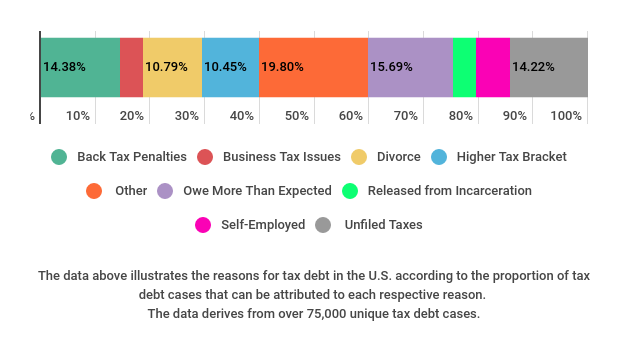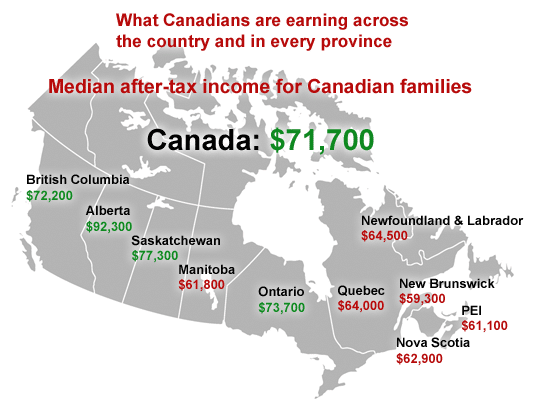Special to the Financial Independence Hub
Designing a home is often one of the best (or worse) experiences for most people.
Building in general is a relatively difficult task, but building your own house can sometimes be nerve racking!
As a construction company, we understand the importance of planning the project beforehand, designing a solid design, getting pricing and the labor and material take offs done early so you can accurately create a budget.
That’s why we wrote this simple guide packed with tricks so you don’t fall into pitfalls some owners and investors fall into.
First, let’s look at the different types of residential projects.
What is Residential Construction?
Residential construction is building or remodeling a structure designed for everyday living. Residential consists of Single Family, Duplexes, Triplexes, Townhouses, even Apartment and Condo buildings.
Each has its own challenges.
Single Family
Single family construction is typically designed for one family, hence the name single. They typically are one or two stories, although some places like New York often go more vertical due to availability of space.
Duplexes, Triplexes, and Quadplexes, Twin Homes, Townhomes
These are single structures designed for multiple units. A duplex will have two units within the structure, triplexes have three, quadplexes four. A twin home is similar to a Duplex but has two owners. Duplexes are owned by one party. Townhomes are a group of units within a structure. They are usually two or more stories.
Apartments and Condominiums
Apartments and Condos can be single story, but more often multi-story. Apartments are designed for rentals while Condominiums are for purchase, although they look very similar.
How long does it take to design and build?
The short answer: it depends. Every project is going to have its unique budget, schedule, sequencing, and craftsmanship. All of these will come into play when planning your schedule.
When planning the overall project, you have to take into account four important timelines:
Design time
Timeframe for architects will vary quite a bit depending on size, details, and complexities involved with the project. Often when an interior designer is involved, the timeline doubles or even triples because of the level of detail required.
Typically a single family and duplex home can be designed in 1-3 months.
Townhouses can take longer depending on the number of units. Designing a townhouse building is very similar to a duplex and often the units are repeated or “flipped,” which speeds up the design process. Continue Reading…







